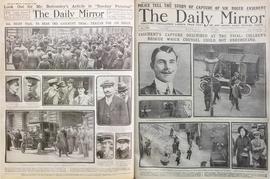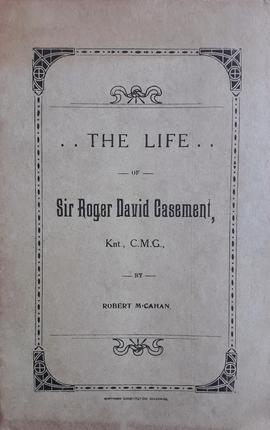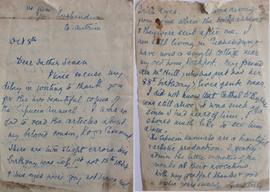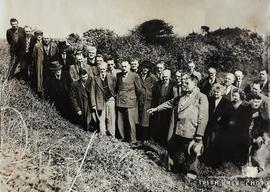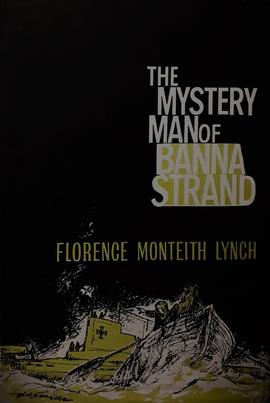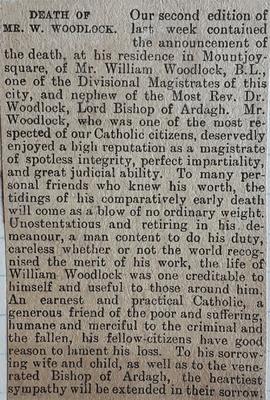The subseries comprises a small collection of material relating to Roger Casement, a humanitarian, diplomat, and revolutionary. Born in Dublin on 1 September 1864, Casement was famous for his reports and activities highlighting human rights abuses in the Congo and Peru. He worked in Africa for commercial interests and later in the British diplomatic service. He was knighted in 1911 for his investigations into colonial atrocities. His consular investigation into crimes in the Congo eventually led him to adopt an Irish republican and radical separatist political outlook. After the outbreak of the First World War, he sought to obtain German military aid for a rebellion in Ireland against British rule. Casement believed that an Irish insurrection would be defeated unless it received substantial assistance from Germany, and when it became clear that adequate military help would not be forthcoming, he decided to travel to Ireland and try to prevent the planned rebellion from taking place. Shortly before the Easter Rising, he landed at Banna Strand in County Kerry. He was quickly arrested by the authorities. Stripped of his knighthood and other honours, he was subsequently convicted and hanged for treason in Pentonville Prison in London on 3 August 1916.
The subseries also includes some material relating to Robert Monteith (1879-1956), a former British army soldier and Irish nationalist. In late 1915 Monteith travelled to Berlin to assist Casement in recruiting an Irish brigade from among Irish prisoners-of-war held in Germany. He accompanied Casement to Ireland in April 1916. Monteith avoided capture and spent six months on the run including a period when he was hidden by Capuchin friars in Rochestown in County Cork. He subsequently escaped to the United States working in disguise as a sailor on a merchant vessel. Montieth returned to Ireland in May 1947. However, his residence in Ireland proved to be a short one. Monteith returned to the United States in 1953 and he died there on 18 February 1956. Fr. Senan Moynihan OFM Cap., the editor of ‘The Capuchin Annual’, was a close acquaintance of Monteith, and the friar seemingly compiled this material for several articles on Casement’s life and career which he published in the periodical.



